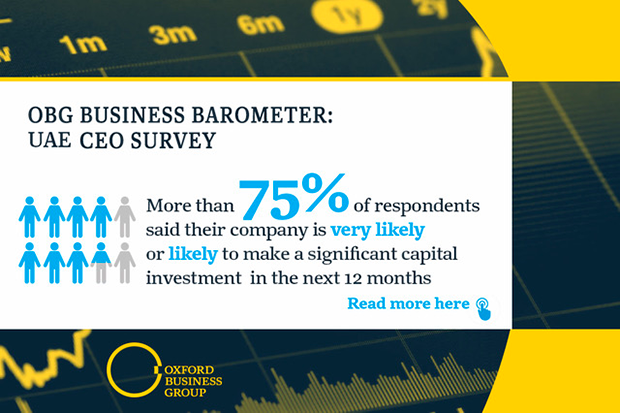First announced in June 2016, a merger between National Bank of Abu Dhabi (NBAD) and First Gulf Bank (FGB) was finalised last month.

The combined entity, now operating under the name First Abu Dhabi Bank (FAB), has become the UAE’s largest bank by assets and one of the biggest players in financial services in the MENA region.
Given the historically fragmented nature of UAE financial services – where around 50 lenders compete in a market of 9m people – as well as a weaker macroeconomic environment, a strong bank with regional scope should go a long way in supporting the development goals outlined under Abu Dhabi Economic Vision 2030.
Pathway to excellence
In July the boards of both banks voted to recommend the merger to stakeholders, and by December the shareholders themselves had also voted in favour, paving the way for regulatory approval.
This was completed in March, when the Securities and Commodities Authority (SCA), the capital markets regulatory body in the UAE, issued a certificate that effectively finalised the merger. The SCA set March 30 as the last day of trading of individual shares, with new shares under FAB joining the Abu Dhabi Securities Exchange on April 2.
The bank’s employees were reshuffled over the course of the year: Alex Thursby stepped down as CEO of NBAD in August 2016 and Abdulhamid Saeed – former board member and managing director of FGB – leads the new entity. By February, more than 60 senior managers tapped from both institutions were scheduled to assume their roles following the merger’s completion.
New synergies
The consolidated entity holds Dh670bn ($182bn) in assets and has a market capitalisation of Dh111bn ($30bn), making it one of the largest banks in the region. With an operational footprint in 19 countries, the new bank is expected to play a major role in the development of the wider region, as well as the UAE.
Notably, the two banks enjoy complementary strengths: while NBAD was the largest bank in the emirate, it was FGB that possessed the largest retail loan book in the UAE last year, at Dh59bn ($16bn). The combined expertise in both wholesale and retail promises a more balanced loan mix, as well as further options for growth.
Additionally, as the merger plays out operationally in the years ahead, the bank expects further cost savings through the consolidation of common business units, systems integration, and the closure of overlapping branches. While the bank estimates an initial one-off integration cost of approximately Dh600m ($163.3m), it expects savings to reach approximately Dh500m ($136.1m) annually over the next three years.
Broader picture
The question remains as to whether the merger will trigger further consolidations across the UAE’s financial services sector. Much speculation has centred around major institutions, including Abu Dhabi Commercial Bank and Union National Bank, as well as the emirate’s two main players in Islamic financial services, Abu Dhabi Islamic Bank and Al Hilal Bank.
“The merger or takeover of a financial institution has unique challenges, particularly if that institution has a large depositor base,” Khalifa Mohammed Al Kindi, chairman of the Central Bank of the UAE (CBUAE), told OBG. “The CBUAE must ensure that any resulting new ownership structure, governance process, product offering and prudential safeguards are suitable and robust enough to solidify intermediation capacity, and that the merged institution does not undermine the safety and soundness of the financial system, while at the same time protecting consumers.”
Since the decline in oil prices in mid-2014, banks in the Middle East have come under increased liquidity pressures. A direct result of persistent budget deficits has been lower growth in deposits from government related entities, leading to higher cost of funds and subdued loan growth.
While conditions are expected to ease in 2017, some of this tightening will continue, particularly if the US Federal Reserve moves forward with interest rate hikes later in the year. With the dirham pegged to the dollar, any change in interest rates will be mirrored in the UAE.
Additionally, the move towards Basel III compliance and higher capital requirements could also contribute to the consolidation push in the coming years.
However, as Al Kindi told OBG, “Consolidation in the UAE financial sector is really more a function of improving efficiencies so that shareholders can get better value rather than as a response to market conditions.”




